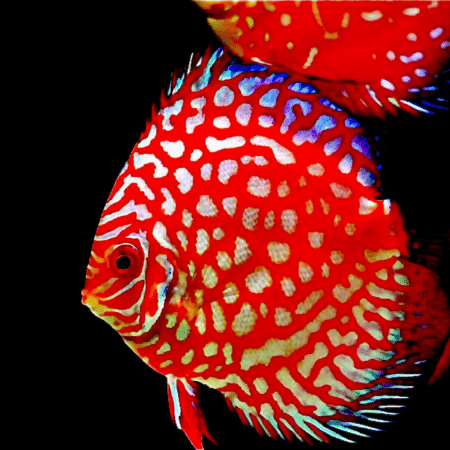-
×
Assorted Colour Vampire Crab Geosesarma Sp 2-3Cm 1 × £8.71
-
×
Purple Vampire Crab - Geosesarma Dennerle - Decapod Crustacean 1 × £7.74
-
×
-
×
-
×
-
×
-
×
-
×
Subtotal: £150.97

 Assorted Colour Vampire Crab Geosesarma Sp 2-3Cm
Assorted Colour Vampire Crab Geosesarma Sp 2-3Cm  Purple Vampire Crab - Geosesarma Dennerle - Decapod Crustacean
Purple Vampire Crab - Geosesarma Dennerle - Decapod Crustacean 















Emily Carter (verified owner) –
After bringing home my Channa Gachua Assam DWARF snakehead about two months ago, I can honestly say it has become the star of my aquarium! This little fish, measuring around 8 cm, has such a vibrant personality and has adjusted beautifully to its environment. I love how curious and interactive it is, often peering out from behind the plants when I approach the tank.
One of the things that sets this dwarf snakehead apart from other freshwater fish I’ve kept is its fascinating behavior; it’s truly captivating to watch as it hunts for food. I feed it a mix of high-quality pellets and live food, which really brings out its rich coloration.
While they can be a bit territorial, I’ve managed to keep mine peacefully alongside some smaller tank mates. Just make sure to provide plenty of hiding spots! The shipping was quick, and the fish arrived healthy and vigorous, which was a relief.
If you’re looking for a unique and engaging freshwater fish to add to your aquarium, I highly recommend the Channa Gachua. Just be prepared to provide a suitable environment that mimics their natural habitat for optimum happiness. They deserve the best, and in my experience, they really thrive with a little extra care.
Emily Carter (verified owner) –
I recently added the Channa Gachua Assam Dwarf Snakehead to my aquarium, and I couldn’t be happier! These little beauties, measuring around 8 cm, are not only stunning with their vibrant colors and unique patterns, but they also have such captivating personalities. My fish have been thriving in a well-planted tank with a gentle current, and after just two weeks, they exhibit such playful behavior!
Compared to other freshwater fish I’ve kept, these dwarf snakeheads are far more interactive, often coming to the front of the tank to greet me during feeding time. I appreciate how they’ve adapted to their environment; they enjoy floating plants for cover, which adds to the tank’s aesthetic.
One consideration is that they can be a bit territorial, so I recommend pairing them with compatible species. Overall, I highly recommend the Channa Gachua for anyone looking to enrich their aquarium with lively pet fish. Their charm and beauty make them a standout choice! Plus, if you’re patient and provide the right care, you’ll be rewarded with a thriving little community in your tank.
Emily Carter (verified owner) –
I recently purchased two Channa Gachua Assam Dwarf Snakehead fish, and I couldn’t be more thrilled! These little guys, at about 7-10 cm, have brought such life and energy to my aquarium. Their vibrant colors and unique shapes are simply mesmerizing. After about two months of careful observation, I can confidently say they thrive with the right care and environment, especially with a warm, well-planted tank.
Compared to other freshwater companions I’ve had, these dwarf snakeheads are much more interactive and curious. They enjoy exploring their space and often come right up to the glass when I approach. I must admit, the initial setup was a bit daunting, as they require specific parameters like low to moderate water flow and hiding places—so do read up on fish care guides to ensure they feel secure.
Overall, I highly recommend the Channa Gachua for those looking to add personality to their aquarium. Just keep in mind that they can be territorial, so plan your tank mates wisely. I can’t wait to see my little guys grow! Shipped quickly and arrived healthy, which is always a plus. Happy fish keeping!